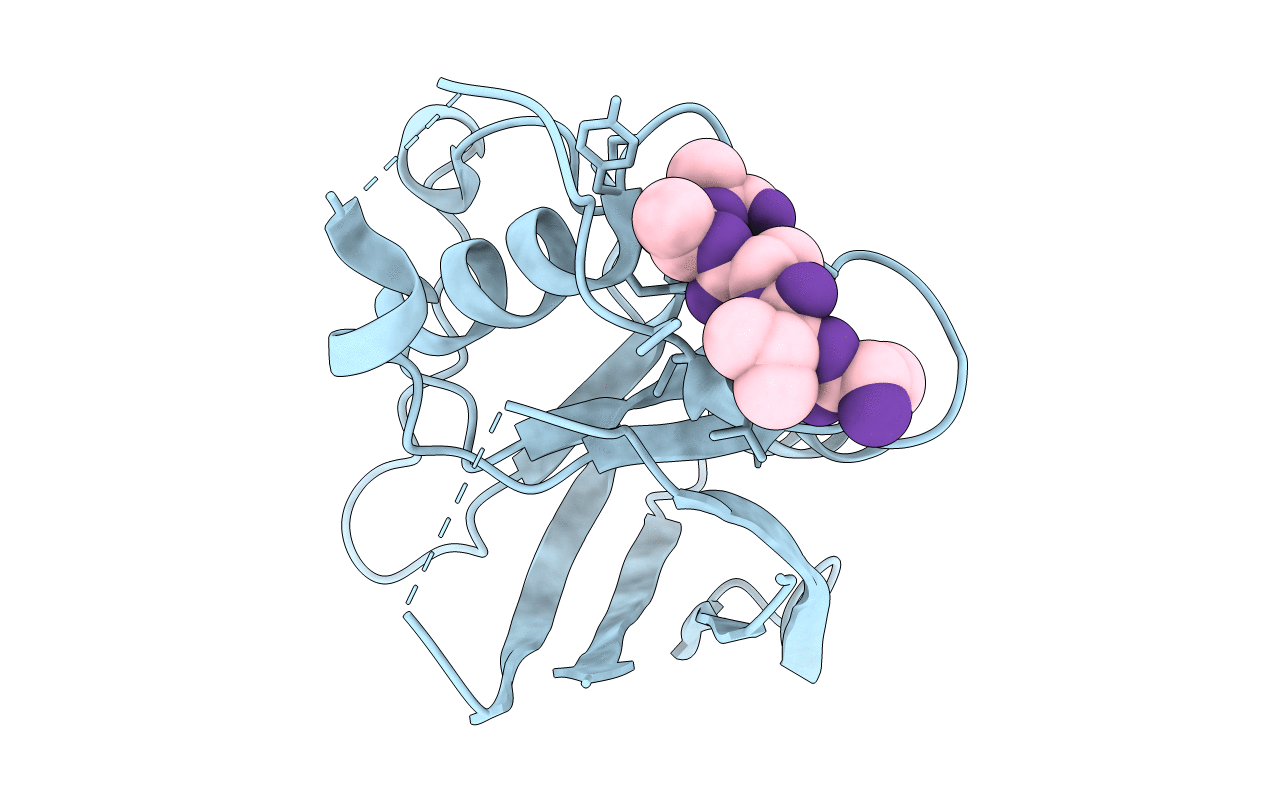
Deposition Date
2021-06-10
Release Date
2022-01-12
Last Version Date
2024-10-16
Entry Detail
PDB ID:
7F2D
Keywords:
Title:
Arabidopsis thaliana protease-associated domain of vacuolar-sorting receptor 1 in complex with cruciferin 1 C-terminal pentapeptide RVAAA (pH9)
Biological Source:
Source Organism:
Arabidopsis thaliana (Taxon ID: 3702)
Host Organism:
Method Details:
Experimental Method:
Resolution:
2.45 Å
R-Value Free:
0.23
R-Value Work:
0.18
R-Value Observed:
0.18
Space Group:
P 1 21 1


